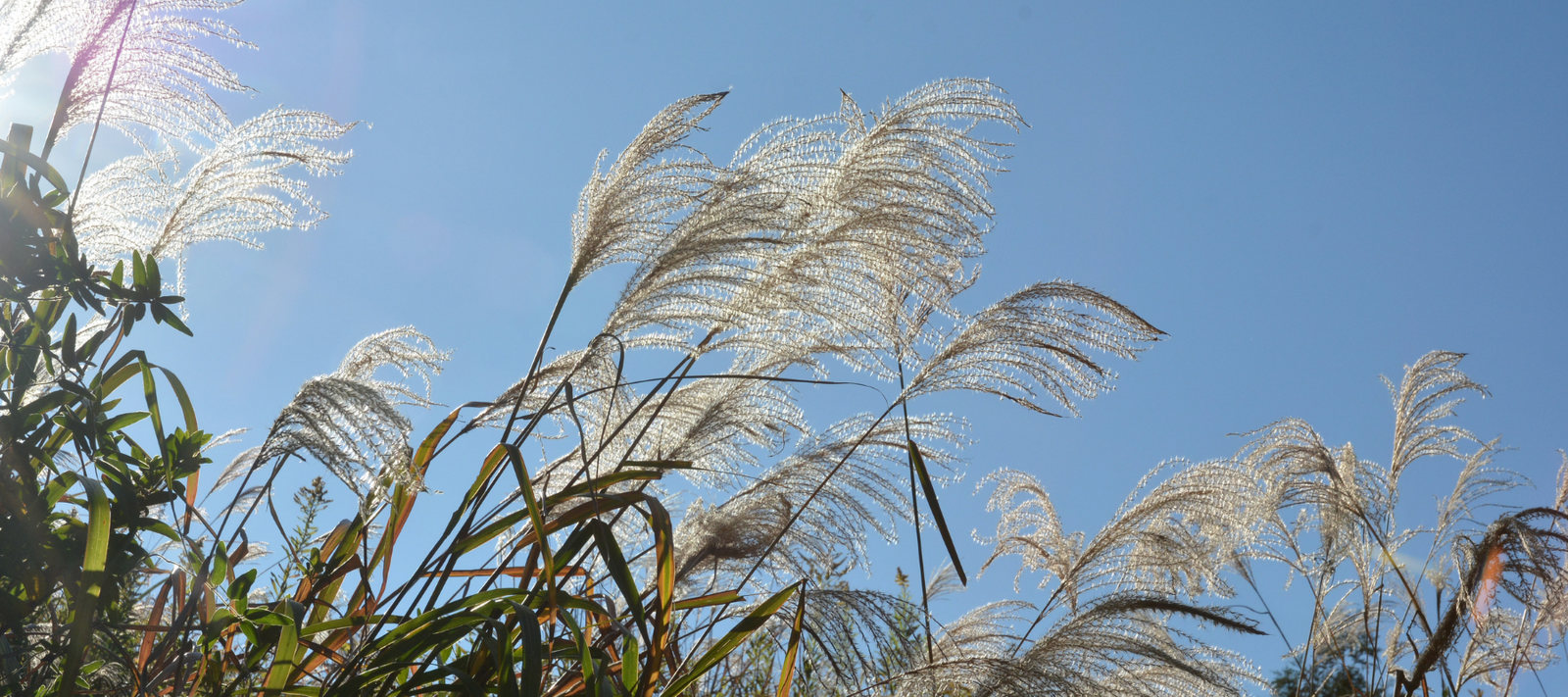
The essence of gardening is to manipulate the environment in which plants grow to create beautiful and productive spaces, but really it is the plants themselves that do the heavy lifting.
We gardeners are merely facilitators for, and spectators of, the magnificence of plants’ ability to convert the energy of sunlight into stored energy via the unstoppable process of photosynthesis.
Think of all the ‘biomass’ that our garden plants produce throughout the year; all those leaves, flowers, fruit, branches, trunks, roots etc. that gardeners feel compelled to ‘clean-up’ so that our gardens don't end up in chaos.
This is the plant world flexing its muscle and with some clever thinking and selection of plants that are the most efficient photosynthetic machines, we can harness this muscle for the benefit of our gardens and the planet.
A bit of plant science
When we start to look at plant growth from this point of view, our attention is drawn to plants that are more efficient at converting the sun’s energy into biomass. It turns out that there is a group of plants, known as ‘C4’ plants, which utilise a modified pathway for photosynthesis in their leaves that makes them significantly more efficient than other plants.
In short, most plants use a photosynthetic pathway, known as the C3 pathway, that requires their stomata (leaf ‘pores’) to be wide open for oxygen to be absorbed and for photosynthesis to occur, but this means that the energy conversion can only take place with significant water loss and only at time when the stomata are open (usually during the day).
The C3 pathway evolved at a time when plants were less common and the atmosphere had low levels of oxygen present – as plants became more prevalent on earth the levels of oxygen in the atmosphere increased.
In an odd twist of fate for plants, the C3 photosynthetic reaction is suppressed as oxygen levels increase, therefore some plants evolved a new pathway that separated the opening and closing of stomata from the location of the photosynthetic reaction in the leaf so that the process could proceed continually and without the large losses of water. This process is known as the C4 photosynthetic pathway.
Fuel from plants
Many of these C4 plants are tropical and sub-tropical grasses such as sugarcane, sorghum, maize (corn), phragmites and papyrus. It is from plants like these that biofuels such as the ‘Unleaded E10’ that we see at our petrol stations are derived. In Australia much of our E10 fuel is derived from sorghum crops processed in Queensland at the Dalby Biofuel Refinery.
Biofuel sources are sure to form part of our future energy solutions as we move away from fossil fuels toward renewables but ‘growing’ energy is going to have to be weighed up against growing food on our scarce arable land. Hence the search is on for plants that can produce the most biomass from the least inputs of water and nutrients.
One such C4 plant that is showing promising signs is the perennial grass Giant Miscanthus (Miscanthus x giganteus) a sterile hybrid between M. sinensis and M. sacchariflorus. In trials conducted in the US, Giant Miscanthus outperformed other C4 plants significantly, with yields showing great potential to topple corn as the major source of ethanol fuels. Corn is an annual that must be planted afresh every year, with considerable costs to do so, whereas Giant Miscanthus has the significant advantage that it is a perennial that requires no replanting and increases yield year on year.

Biomass in the backyard
But we gardeners don’t have to wait for the oil barons to wake up the potential of this wonder-plant. We've been growing Miscanthus species and hybrids in our gardens for years for their beautiful vertical foliage and feathery autumn flowers.
Cultivars such as M. sinensis, Silver Feather, Sarabande and Gracillimus are invaluable garden plants that have graced our catalogues over the years as ornamentals. Julian Blackhirst has been experimenting with a couple of species at The Garden of St Erth, using the leaves and stalks for mulch and for compost material.
One of these is Miscanthus transmorrisonensis which makes a wonderful impervious mulch mat when the leaves are weaved together in the winter and laid on the ground. But the star performer for gardeners is the same plant that the scientists are looking at, Miscanthus x giganteus, as it produces such a vast amount of bulk biomass material.
If you don’t have time to wait for trees to lock up carbon in your garden, then Giant Miscanthus is a great shortcut, producing masses of fixed carbon out of the air and available to you to generate piles of soil-conditioning compost, all grown in your own garden.
Giant Miscanthus grows quickly into a tall screen that will block out your neighbours in no time. In the winter the leaves and stems turn brown and die off, which is when you can harvest them for compost and mulch by cutting them off at ground level, from where they will grow back rapidly in the spring.
Being a sterile hybrid, it will not spread from where you plant it so it makes an ideal soft wind-break around your vegetable garden. For those of you with very deep flower borders, put one of these monsters up the back for a dramatic impact.
If you are particularly utilitarian in your approach, you can plant Giant Miscanthus around you compost area along with essential compost ingredients like Comfrey, Tansy, Lucerne and Valerian, so all you have to do to make a compost batch is chop down the nearby foliage.




